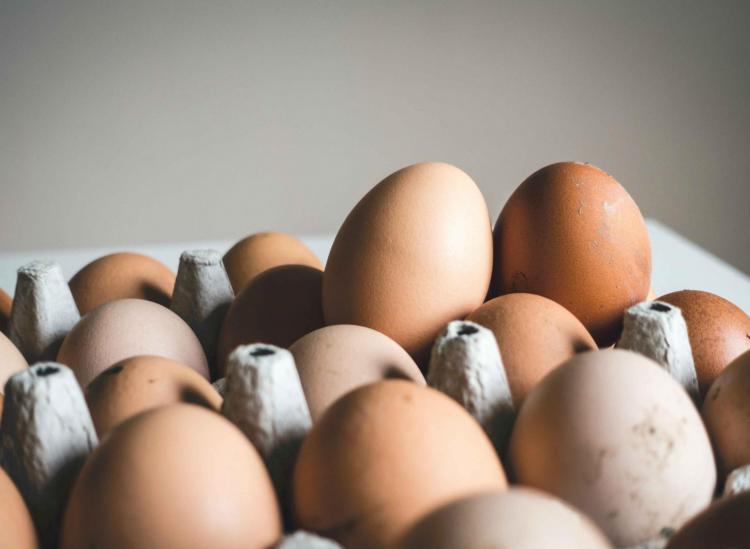Here’s How You Can Tell If Your Eggs Have Gone Bad

Unsplash
Let’s face it — we all have that questionable carton of eggs hidden deep in the back of the fridge somewhere. And if you don’t, there’s a good chance someone you know does.
Unless you’re eating eggs every day for breakfast or you’re frequently baking, you will probably take a few weeks to go through a carton of eggs. If you have anxiety when it comes to food expiration dates, you probably just chuck old cartons, but you may be wasting eggs that are perfectly acceptable for eating. Here’s an easy way to tell if those last few stragglers in your carton are actually okay.
Unfortunately, “sell by” dates aren’t always the most reliable and often don’t even have anything to do with the actual expiration date of the food. You could just look at the egg and try to make a decision, but unless you crack it open, it’s pretty hard to tell. The easiest and most efficient way to determine if your eggs have gone bad is the float test method. All you need is a large bowl filled with cold water. If the bowl is clear, that’s even better.
Place your eggs in the bowl of water and see which ones float and which ones fall to the bottom. The eggs that should definitely be thrown out will float to the top of the water. Rotten eggs float because the older an egg gets, the more gas builds up inside of it. The longer the eggs are sitting around after being hatched, the longer large air cells have to form, which is what leads to their buoyancy.
If your egg is fresh, it’ll lay flat on the bottom of the bowl. If the egg is about a week old, the tip of it may touch the bottom of the bowl while the rest of the egg points up toward the air on a diagonal. When your eggs are stale but still okay to eat, they should completely turn over at the bottom of the bowl. The egg will be upside down so that the bottom of the egg (the less pointed round end) is closest to the surface of the water.
So, the next time you’re about to throw out your egg carton, do yourself a favor and test which ones are worth saving first.











